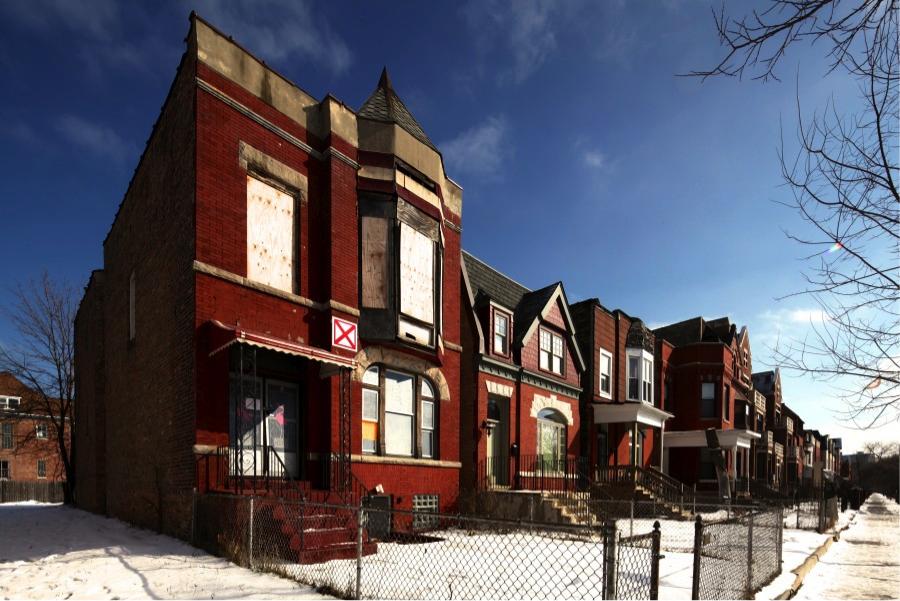It’s no secret that throughout Chicago, there are some buildings that look like they’ve seen better days. But it might surprise some people to learn that there’s a running list of proposals to demolish these unkempt buildings that have long since been abandoned. Many buildings are marked for demolition due to unsafe structures and hazardous conditions, but it seems that at least some of these buildings could have been saved from such a demise had they just been protected or taken care of. Often, homes and other buildings that are vacated and left uninhabited fall to disrepair due to vandalism and break-ins, both of which can be relatively easily prevented with some simple planning.

Source: http://chicagopatterns.com/
Protecting Buildings from Damage
One of the easiest ways to protect empty buildings from damage is to make sure they never look uninhabited. If people see that no one enters or exits, it will become common knowledge that the structure is an easy target for criminal activity. A simple way to ensure that your building is not seen as a target is to board up the doors and windows – but not just with plywood. Steel door guards and window screens are a much more effective option for protecting homes, since they effectively block anyone from getting into the building. When potential damage like copper wiring being ripped out of walls, copper pipes being stolen, and other assorted random acts of vandalism can lead to needing a lot of costly repairs, you can’t really afford not to protect the buildings.
Why Are So Many Buildings Demolished?
One of the issues surrounding the idea of buildings being demolished simply for being vacant and damaged is that it could perhaps detract from the feel of Chicago—many of the buildings here were built at least 100 years ago, and instead of restoring them, knocking them down to build new and modern-looking structures has the tendency to turn previously historic-looking neighborhoods into cookie-cutter designed spaces with little character. Of course, keeping neighborhoods safe from structurally unsound buildings is important, but chances are with a bit of damage prevention tactics, many of these buildings could be saved. Thankfully, the Chicago Historic Resources Survey is used by the city to assess the importance of all pre-1940s buildings and buildings rated as “red” and “orange” (buildings that feature some architectural feature or historical association that makes them potentially significant in Chicago, the State of Illinois, the U.S.A., or the community) are put on a demolition hold for up to 90 days while alternatives to demolition are explored.
Protecting vacancies is not difficult, though—perhaps while these buildings are inspected, they could be boarded up with steel guards for doors and windows so that their condition cannot deteriorate further.



